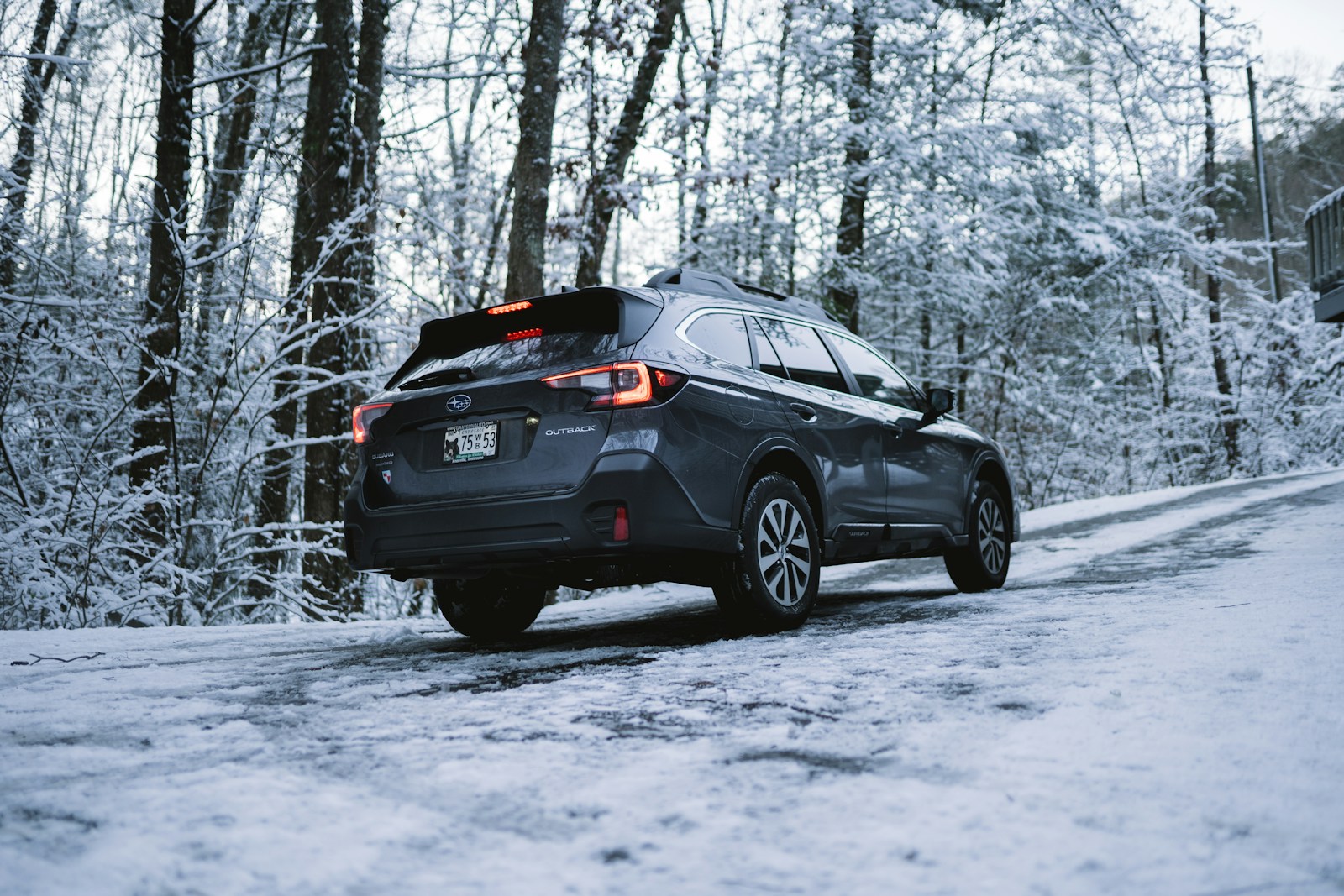Navigating snowy, icy roads demands more than just courage—it needs capability. The right SUV comes equipped with features that give you confidence when the weather turns. Whether you’re dealing with deep snow, slippery ice, or cold-temperature traction, these SUVs are engineered to handle winter with ease.
Why Snow/Ice Capability Matters in an SUV
The best winter SUVs offer:
- All-wheel or 4-wheel drive with traction control
- High ground clearance for deep snow
- Winter-specific drive modes like Subaru X‑Mode or Jeep’s Snow mode
- Good cold-weather performance, including winter tires and heated components
Let’s explore the top 10 picks for 2025.
Top 10 Winter-Ready SUVs
1. Subaru Forester
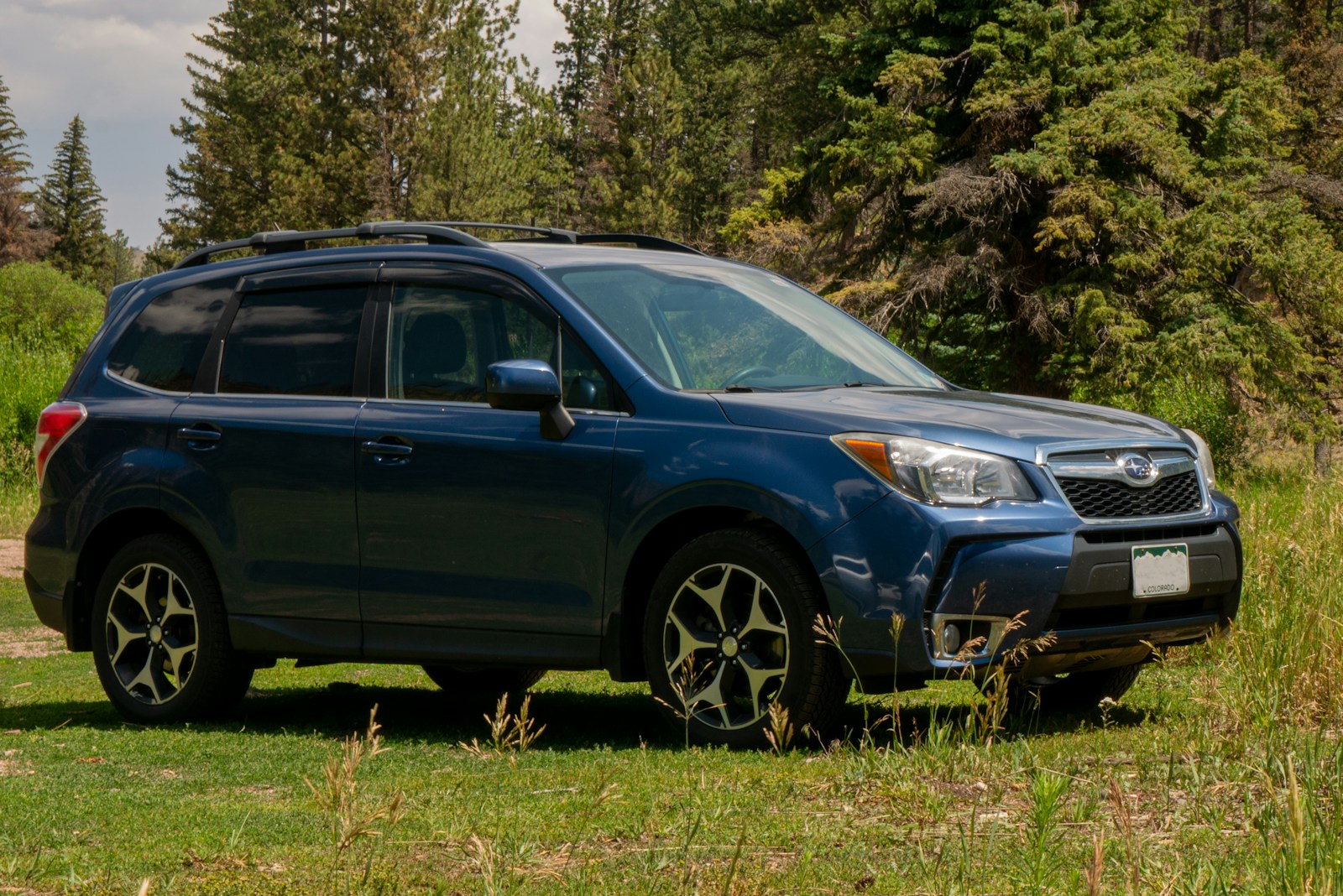
Pros: Standard AWD and X‑Mode, ~8.7″ ground clearance, EyeSight safety suite easterns.com
Cons: Not a powerhouse in deep snow, ride can feel soft
2. Subaru Outback (crossover)

Pros: AWD wagon versatility, 9.5″ clearance, excellent traction in snow
Cons: Softer suspension in deep powder, cargo floor lower than some SUVs
3. Subaru Crosstrek
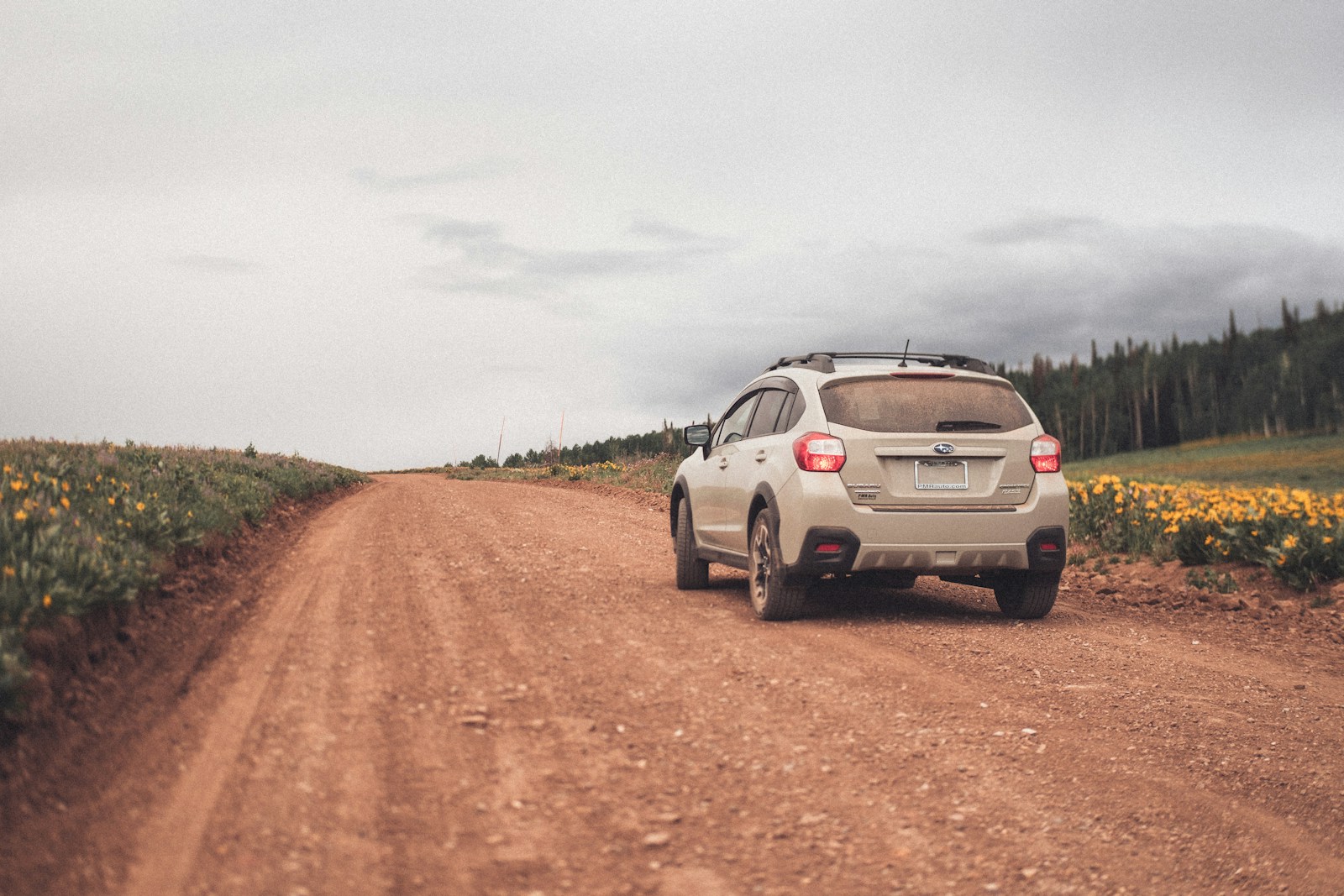
Pros: Compact with 9.3″ clearance, standard AWD, easy handling
Cons: Engine lacks punch, less refined ride than segment peers
4. Toyota RAV4 Hybrid

Pros: Electronic AWD, fuel-efficient, good traction, roomy interior
Cons: Heavier than non-hybrid version, modest ground clearance (~8.6″)
5. Honda CR‑V (AWD)
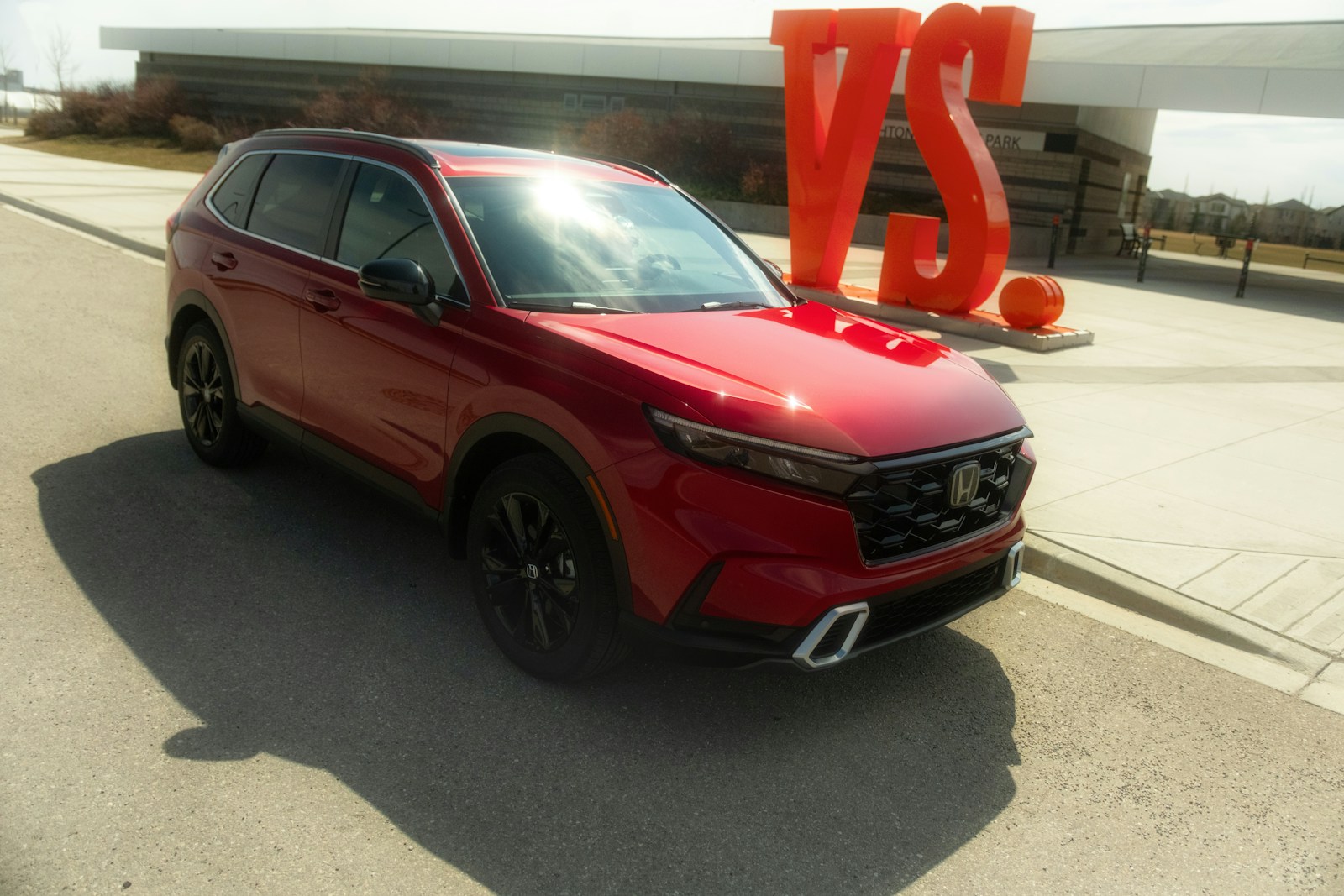
Pros: Proven AWD system, comfortable ride, spacious interior
Cons: Not specifically tuned for snow; requires winter tires
6. Ford Expedition
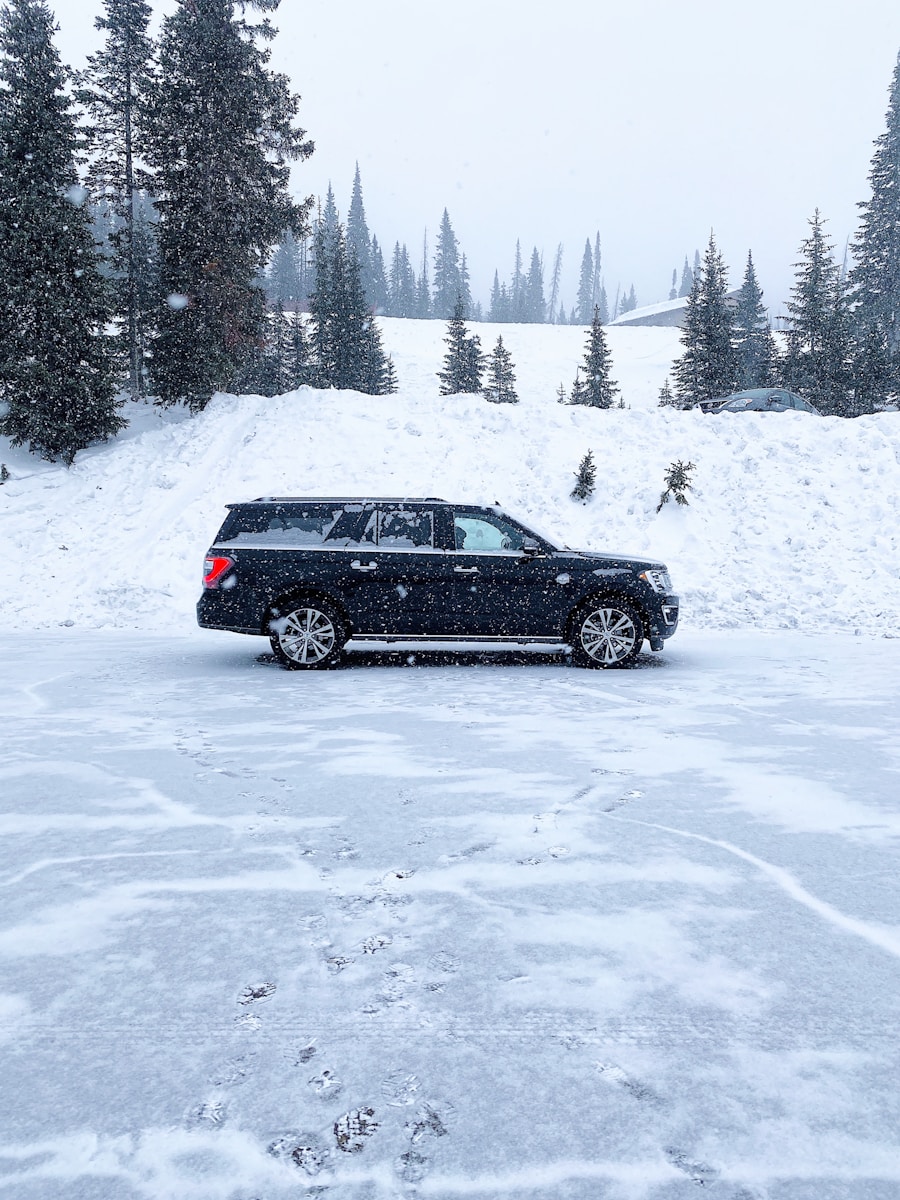
Pros: 10.6″ clearance, robust AWD, ideal for heavy snow
Cons: Big footprint, thirstier fuel economy
7. Chevrolet Tahoe
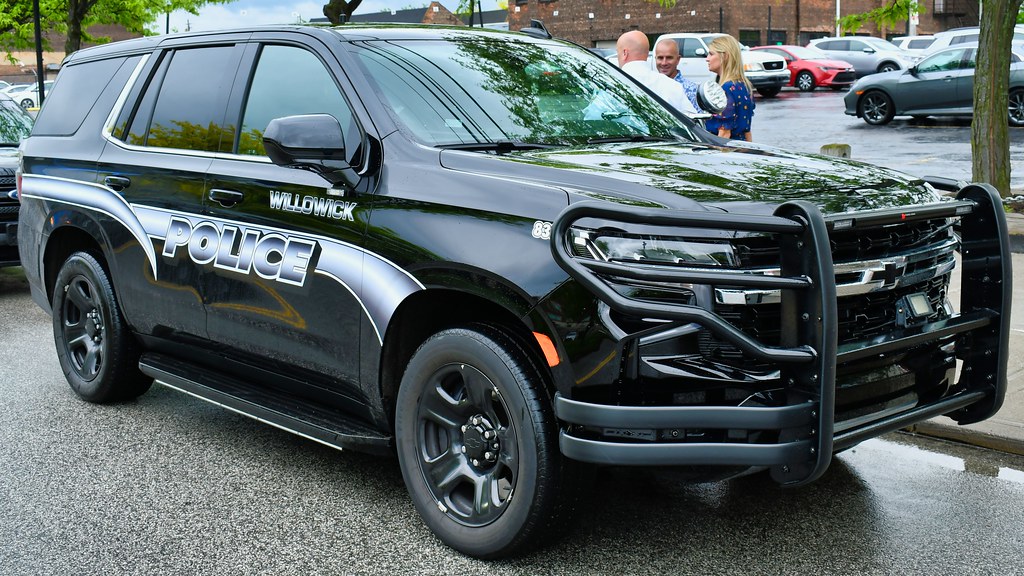
Pros: Full-size confidence, potent AWD, strong safety credentials
Cons: Larger turning radius, expensive running costs
8. Jeep Wrangler PHEV
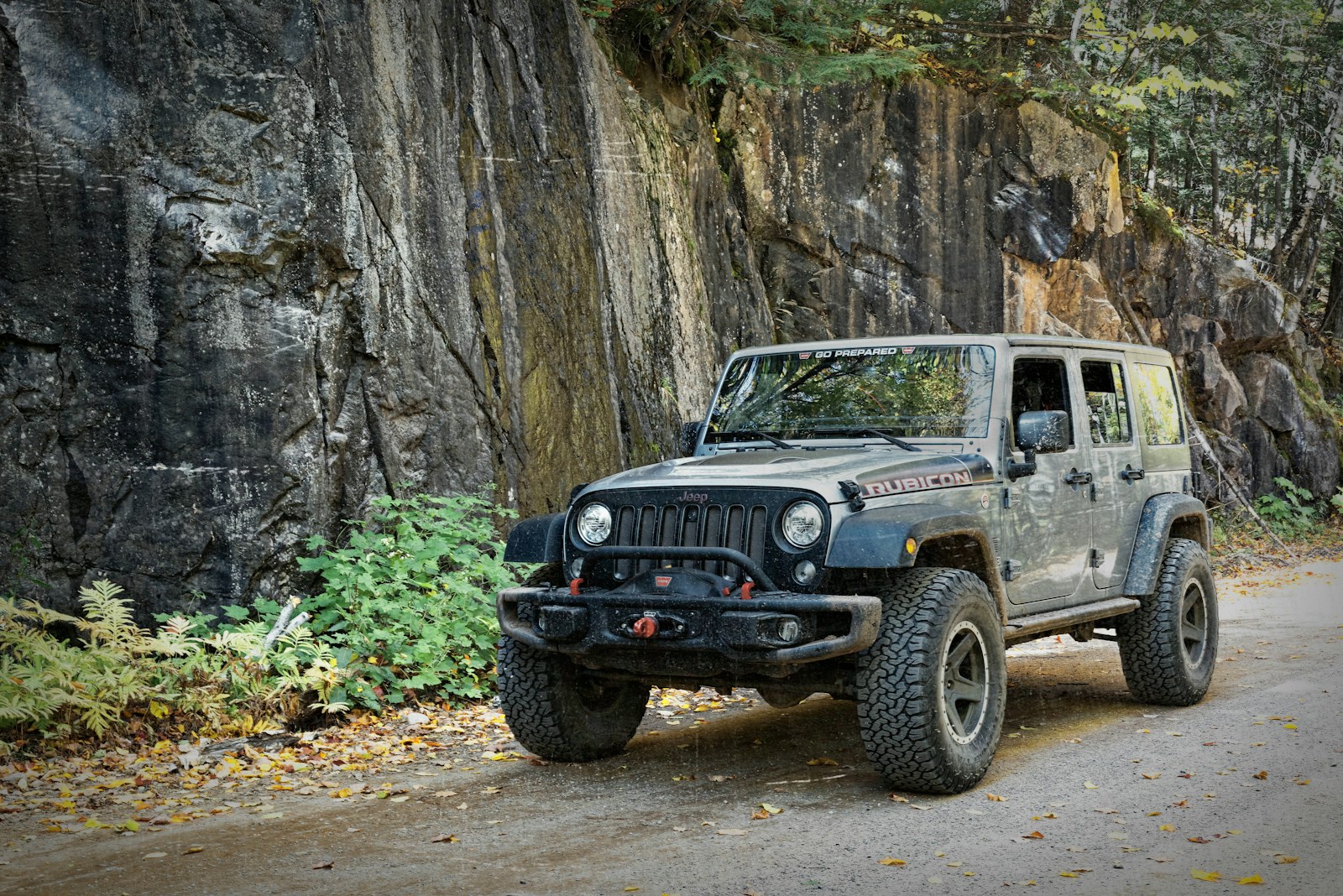
Pros: 10.8″ clearance, electric torque on demand, serious off-road and snow capability
Cons: Noisy cabin, limited cargo space
9. Tesla Model Y

Pros: Heat-pump HVAC retains range in cold, AWD electric torque, low center of gravity
Cons: EV charging access required, cabin range drops in extreme cold
10. Volvo XC90
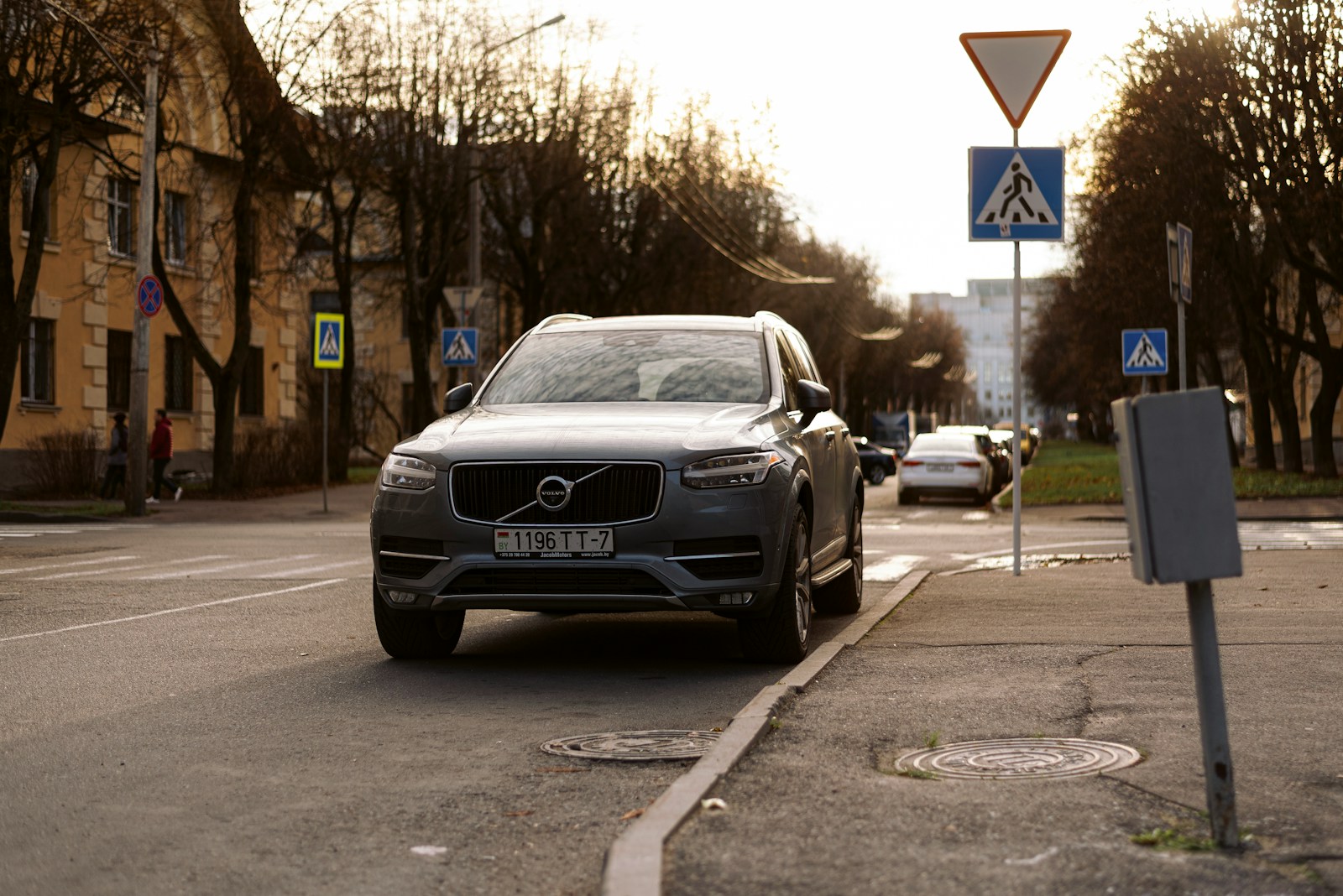
Pros: Standard AWD, excellent safety (Top Safety Pick+), premium comfort
Cons: Premium pricing, higher maintenance costs
Comparison Table
| SUV | AWD/4WD | Ground Clearance | Winter Tech | Notable Strength |
|---|---|---|---|---|
| Subaru Forester | AWD | 8.7″ | X‑Mode, EyeSight | All-round snow performer |
| Subaru Outback | AWD | 9.5″ | X‑Mode, CVT | Wagon space + clearance |
| Subaru Crosstrek | AWD | 9.3″ | X‑Mode | Compact + capable |
| Toyota RAV4 Hybrid | AWD | ~8.6″ | e‑AWD system | Efficient, winter traction |
| Honda CR‑V (AWD) | AWD | ~8.2″ | Adaptive AWD | Smooth winter ride |
| Ford Expedition | 4WD | 10.6″ | Off‑road drive modes | Heavy snow beater |
| Chevy Tahoe | AWD | ~8.0″ | Traction tech | Large SUV reliability |
| Jeep Wrangler PHEV | 4WD | 10.8″ | Snow/Mud mode | Serious snow/off-road |
| Tesla Model Y | AWD | ~6.6″ (low) | Heat‑pump HVAC | EV advantage in winter |
| Volvo XC90 | AWD | ~8.0″ | Stability controls | Safety-first winter SUV |
Key Takeaways
- Best overall for winter: Subaru Forester – reliable AWD, X‑Mode, clearance
- Wagon-style choice: Subaru Outback – car feel with SUV capability
- EV winter pick: Tesla Model Y – heat pump retains range in snow
- Luxury & family winter SUV: Volvo XC90 – premium with safety tech
- Heavy-duty snow workhorse: Ford Expedition – big-package off-road readiness
7 FAQs About Winter SUVs
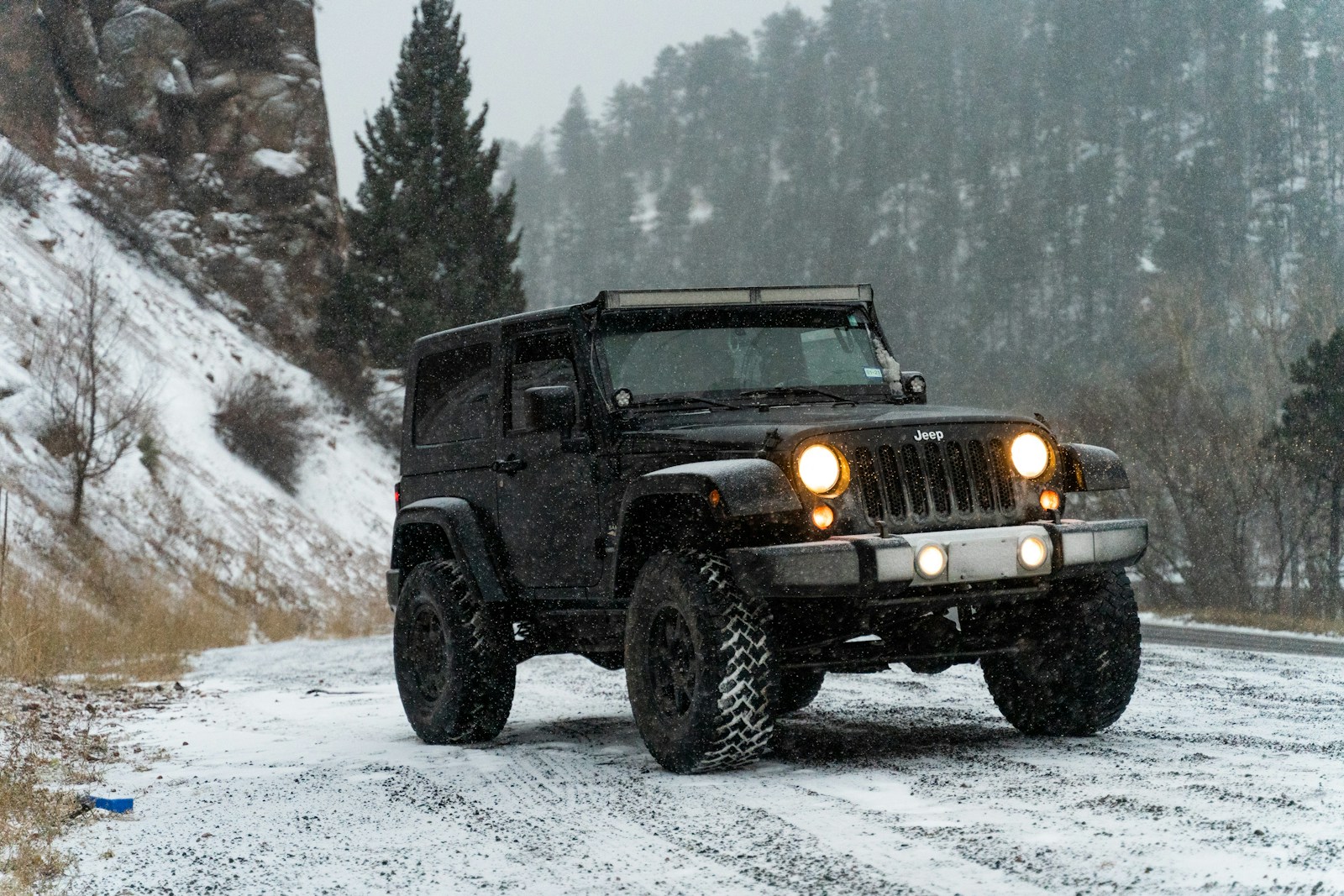
1. Do I need AWD year-round?
AWD provides better traction in snow and rain. In warmer climates, front-wheel drive may suffice—but AWD offers peace of mind year-round in mixed weather.
2. Is ground clearance important?
Yes. Higher clearance (8″+) prevents getting stuck in snow and offers better ability to navigate plowed paths and deep drifts.
3. Will winter tires help even with AWD?
Absolutely. AWD helps distribute power, but winter tires are essential. They offer better braking and cornering on ice and snow—AWD doesn’t mitigate stopping distance.
4. Are hybrids reliable in cold weather?
Yes—models like RAV4 Hybrid retain fuel efficiency even in winter, though real-world MPG drops slightly. Regenerative braking and AWD systems remain effective.
5. Should I consider a winter package?
Winter packages often include heated seats and mirrors, heated steering wheel, and even windshield wiper de‑icers—recommended for true winter comfort.
6. How does an EV handle winter driving?
Models with heat-pump HVAC (like Model Y) lose less range in cold. But you’ll need charging infrastructure, and range can drop 20–40% in freezing temps.
7. Is a full-size SUV overkill?
Not always—SUVs like Expedition and Tahoe offer the most snow clearance and towing capacity. But they come with higher fuel costs and size considerations in tight spaces.
Final Thoughts
Choosing the best SUV for snow and ice means balancing traction, clearance, winter tech, and your specific needs. Subaru models offer unbeatable year-round capability for most buyers. For EV adoption, Model Y is compelling with its heat-pump HVAC. Premium buyers will appreciate Volvo XC90’s safety and luxury.
Pair any with quality winter tires, and you’ll be well-equipped for winter road confidence.
Let’s Talk Cars
Have a question? A suggestion? Just want to say hi?
You’re in the right place.
Use the form below to reach out to the AutoSpecs Daily team. We're happy to hear from readers, car lovers, first-time buyers, and anyone who's got something to share.
What can you contact us about?
- Feedback on one of our articles
- Ideas for new topics you'd like us to cover
- Questions about cars, gear, or general auto advice
- Media, partnership, or brand inquiries
- Anything else that's on your mind
We check every message that comes through and do our best to respond within 2 to 3 business days.
We don’t list an email address here to avoid spam, but the contact form is the best and fastest way to reach us.
Thanks for stopping by. We're glad you're here.

